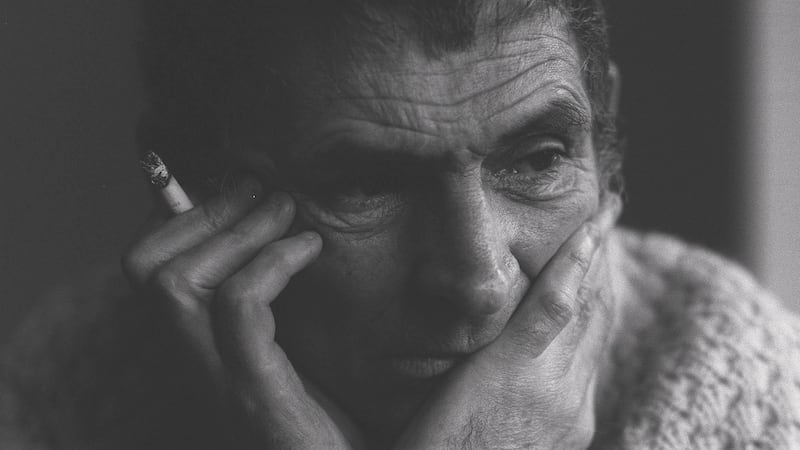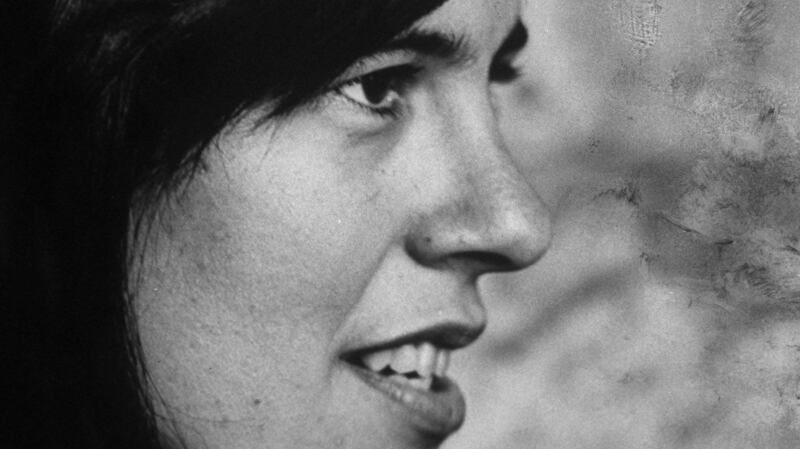The poet and columnist with this publication, Seán Ó Ríordáin, was born one hundred years ago today. The name will be familiar to anyone who has studied Irish. His poems – along with those of his two great contemporaries, Máirtín Ó Direáin and Máire Mhac an tSaoi – remain a staple of the curriculum. I would imagine that many people, who have long forsaken the reading of poetry, will still have a few lines of Ó Ríordáin on their lips: “Raghaidh mé síos i measc na ndaoine...”
He did not produce a huge body of work. There were three slim volumes of original work between 1952 and 1976 and one published after his death. However, the quality of what he wrote has stood the test of time. A remark attributed to Hippocrates seems apt in this regard: “Life is short. Art is long.”
That is certainly true of Ó Ríordáin’s work. He was dead by 61, not old by any standard, then or now. Yet, there is great quality here and, perhaps surprisingly, in this shallow, smug age of sell it, buy it, screw it, those questions which Ó Ríordáin posed still attract readers. To quote another Greek: “The unexamined life is not worth living.”


(The books too are beautiful. Originally published by Sáirséal & Dill, they have the feeling and look of meditative texts that entice the reader to the page in a way which a text on Kindle never could.)
Ó Ríordáin was certainly a poet of pain and prayer. His battle with TB throughout his life marked him and marked him out. His dairies, Anamlón Bliana (Cló Iar-Chonnacht), brilliantly edited by Tadhg Ó Dúshláine, have thrown new light on that life-long struggle. The threat of death, from an early age, hung over him. The critic Susan Sontag notes: "For as long as its cause was not understood and the ministrations of doctors remained so ineffective, TB was thought to be an insidious, implacable theft of a life."
That certainly is how Ó Ríordáin saw his disease. He and his generation were tainted as unclean and, indeed, dangerous. No healthy person would take a cigarette from anyone with TB, Ó Ríordáin notes in his diary.
This illness, tied to his deep questioning of language, left its mark on his thinking – “An mbeidh ar ár gcumas go bráth litríocht a mhúnlú as an dteanga eitinneach mhantach seo atá againn?” (“Will we ever be able to mould literature out of this toothless, tubercular language of ours?”) – and on his poetry’s themes; the struggle between light and darkness is a constant refrain.
Not surprisingly readers have found much to ponder in his work over the years – and will continue to do so. There is his use of Irish – a subject of hot debate even when he first started writing – and there is his imagery and all that it invokes. His work has been described by one critic as being “philosophical” rather than mystical.
Perhaps a line or two from Michael Hartnett's poem, Comhairle/Advice might best describe the ability of Ó Ríordáin's poetry to regenerate itself:
Ná creid choíche
go mbíonn an dán gafa
tar éis a bhreactha síos,
nó gafa, mar fhalla le brící
(Never believe/the poem's caged/once written down/or captured as a wall's with bricks, from A Necklace of Wrens)
And, of course, there is Ó Ríordáin’s poetry itself – sombre, heartfelt, loving, angry and inquisitive:
Tá Sasanach ag iascaireacht sa loch,
Tá an fhírinne rólom ar an oileáin,
Ach raghad i measc na gcuimhne agus na gcloch,
Is nífeadh le mórurraim mo dhá láimh.
(An Englishman is fishing in the lake,/On the island the naked truth is found,/But out among the memories and stones I'll stray/And wash my hands with reverence profound. Oileán agus Oileán Eile, English translation by Muiris Ó Ríordáin, from An Crann Faoi Bhláth/the Flowering Tree)
That he is still read is testament to his own artistic vision. It is, as with all great art, the lines that draw the reader back, generation after generation. The words haunt and enlighten. In a very fundamental way, Ó Ríordáin represents the victory of compulsory Irish – it is compulsory to read him if you really want to know anything about Ireland and the world in which we live.
Lá breithe shona, big man. We are still reading you. Maith an fear! Maith an file!

















